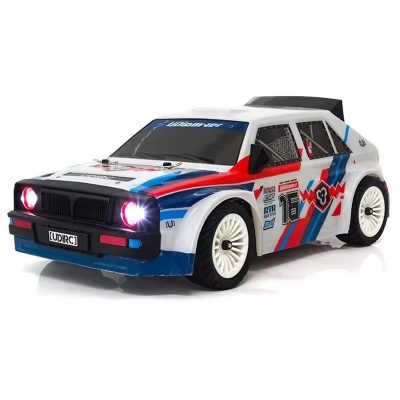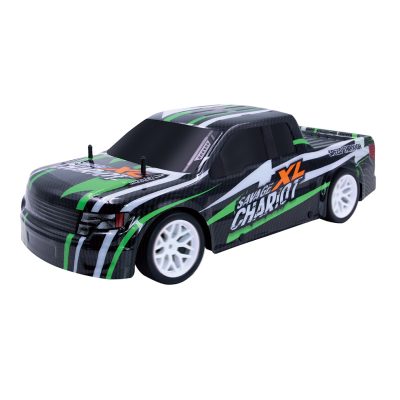Introduction
Selecting the right RC car can be a daunting task, especially with the wide variety of models available on the market. Whether you’re a beginner or an experienced hobbyist, finding the perfect RC car requires considering several factors. In this comprehensive guide, we’ll explore key aspects to help you choose the right RC car for your needs and preferences.
1. Determine Your Purpose
The first step in choosing an RC car is identifying your purpose. Are you looking for a vehicle for casual backyard fun, competitive racing, or off-road adventures? Understanding your primary use will help narrow down the options and focus on models that best suit your needs.
2. Choose Between On-Road and Off-Road
RC cars are typically designed for either on-road or off-road use. On-road RC cars are built for speed and precision on smooth surfaces like asphalt and carpet tracks. Off-road RC cars, on the other hand, are designed to handle rough terrains, including dirt, gravel, and grass. Decide where you will primarily drive your RC car to determine the right type.
3. Select the Power Source: Electric vs. Nitro
RC cars are powered by either electric motors or nitro engines. Electric RC cars are popular for their ease of use, low maintenance, and quiet operation. They are powered by rechargeable batteries and are available in both brushed and brushless motor options. Nitro RC cars, powered by small internal combustion engines, offer a more realistic driving experience with higher speeds and the characteristic engine sound. However, they require more maintenance and fuel handling.
4. Consider the Scale
RC cars come in various scales, which indicate their size relative to a full-sized vehicle. Common scales include 1/10, 1/8, and 1/12. Larger scales, like 1/8, offer more detail and better handling on rough terrains, while smaller scales, like 1/12, are more affordable and easier to transport. Choose a scale that fits your space and budget requirements.
5. Assess Your Budget
Budget is an important factor when choosing an RC car. Entry-level models are available at affordable prices and are suitable for beginners. Higher-end models with advanced features and better performance come at a premium. Set a budget and look for models that offer the best value within your price range.
6. Ready-to-Run (RTR) vs. Kit
RC cars are available in two main formats: Ready-to-Run (RTR) and kits. RTR models come fully assembled and ready to use out of the box, making them ideal for beginners and those who want immediate gratification. Kits require assembly and are perfect for hobbyists who enjoy building and customizing their RC cars. Choose the format that aligns with your skills and interests.
7. Check Reviews and Recommendations
Before making a final decision, check reviews and recommendations from other RC enthusiasts. Online forums, social media groups, and review sites provide valuable insights into the performance, durability, and overall satisfaction of different RC car models. Learning from others’ experiences can help you make an informed choice.
Conclusion
Choosing the right RC car involves considering your purpose, terrain preferences, power source, scale, budget, and whether you prefer RTR or kits. By evaluating these factors and seeking advice from the RC community, you can find the perfect RC car that meets your needs and provides endless hours of enjoyment. Whether you’re racing on-road, tackling off-road trails, or building your custom RC car, the right choice will enhance your hobby experience.








